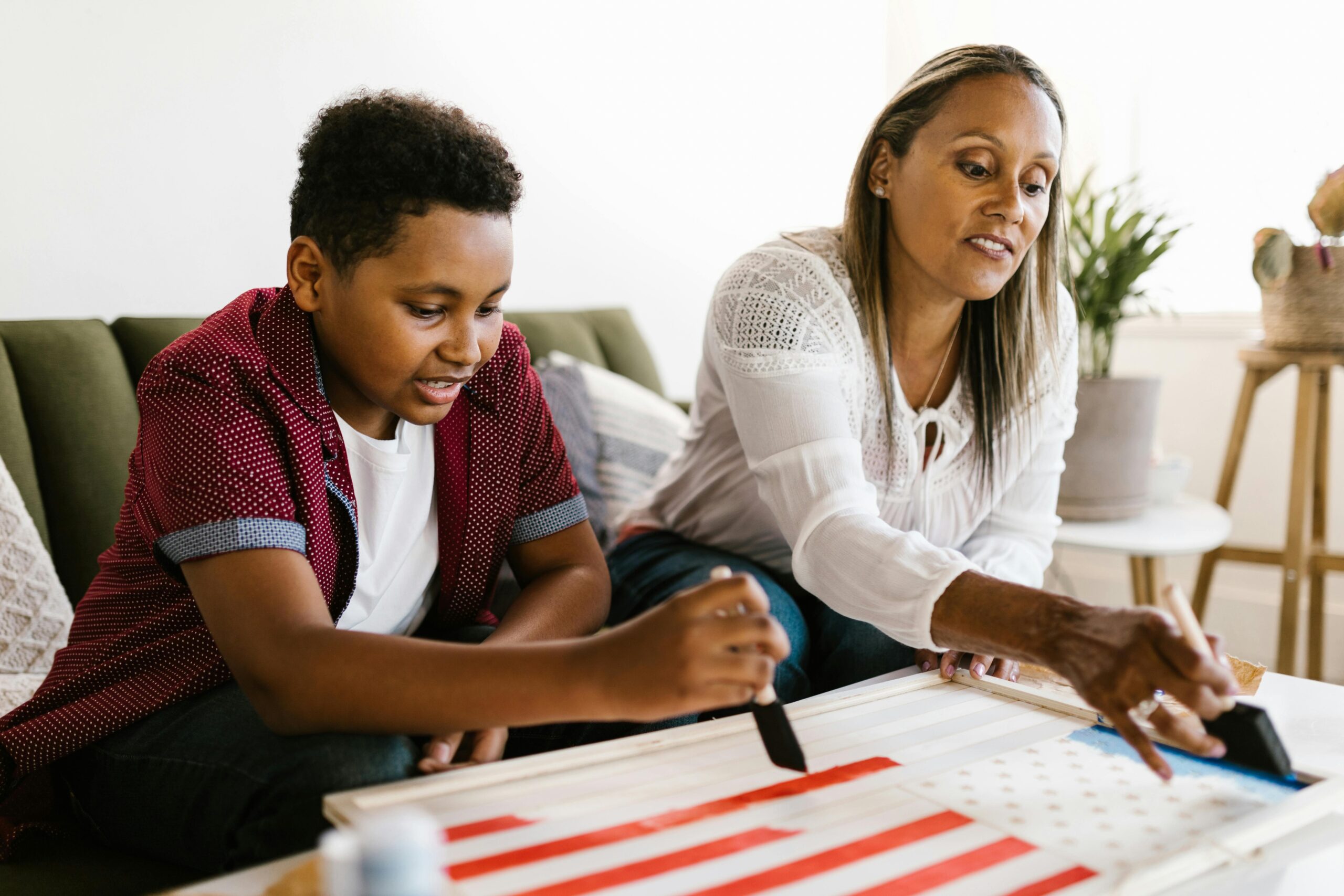Parenting is a rewarding yet challenging journey, especially when it comes to managing children’s behavior. Positive discipline offers a nurturing approach to guide children while fostering respect, empathy, and responsibility. Unlike punitive methods, positive discipline focuses on teaching and building life skills rather than punishment.
This article explores 10 effective positive discipline techniques that can help parents and caregivers create a supportive and respectful environment for children to thrive.
1. Set Clear Expectations
Children thrive on structure and clarity. Clearly communicate your expectations and rules to your child in a way they can understand. For example, instead of saying, “Don’t make a mess,” say, “Please put your toys back in the basket after playing.” Setting clear boundaries helps children understand what is acceptable and reduces confusion.
2. Use Positive Reinforcement
Acknowledging and rewarding good behavior is a cornerstone of positive discipline. Praise your child when they display desired behaviors, such as sharing, completing homework, or following instructions. Use specific compliments like, “I’m proud of you for helping your brother with his homework.” Positive reinforcement motivates children to repeat good behavior.
3. Offer Choices
Empower your child by giving them age-appropriate choices. For instance, instead of commanding, “Eat your vegetables,” ask, “Would you like carrots or broccoli with dinner?” Offering choices helps children feel involved in decision-making and reduces power struggles.
4. Teach Problem-Solving Skills
Encourage your child to resolve conflicts and problems on their own with your guidance. For example, if siblings are arguing over a toy, ask, “How can we make sure both of you get a turn?” This approach helps children develop critical thinking and cooperation skills.
5. Model Appropriate Behavior
Children learn by observing their parents. Demonstrate the behaviors you want to see in your child, such as kindness, patience, and respect. If you make a mistake, apologize to show accountability and humility. Modeling positive behavior is one of the most effective teaching tools.
6. Use Time-Ins Instead of Time-Outs
Rather than isolating a child as punishment, opt for a “time-in,” where you spend a few minutes together discussing their feelings and actions. This method helps children process emotions and understand the impact of their behavior while feeling supported.
7. Stay Consistent
Consistency is key to effective discipline. Ensure that rules and consequences remain the same regardless of the situation or your mood. Inconsistent discipline can confuse children and make it harder for them to understand expectations.
8. Focus on Solutions, Not Punishments
When a child misbehaves, shift the focus from blame to finding a solution. For example, if your child spills juice on the floor, involve them in cleaning it up instead of scolding them. This teaches responsibility and accountability without shame.
9. Practice Active Listening
Give your child your full attention when they express their thoughts and feelings. Maintain eye contact, nod, and paraphrase what they say to show understanding. Active listening builds trust and helps children feel valued and heard.
10. Encourage Independence
Allow your child to take on age-appropriate responsibilities, such as packing their school bag or helping set the dinner table. Encouraging independence boosts their self-confidence and teaches them important life skills.
The Benefits of Positive Discipline
Positive discipline offers numerous benefits for both children and parents. It fosters a healthy parent-child relationship built on trust and mutual respect. Children raised with positive discipline are more likely to develop emotional intelligence, self-discipline, and problem-solving skills. Additionally, this approach reduces the likelihood of power struggles and creates a more harmonious home environment.
Common Challenges and How to Overcome Them
Implementing positive discipline can be challenging, especially if you’re transitioning from a punitive approach. Here are some common obstacles and tips to address them:
- Consistency: Staying consistent can be hard, but creating a routine and sticking to it helps.
- Patience: Change takes time. Celebrate small victories and remind yourself that positive discipline is a long-term investment.
- Support: Seek support from other parents, a parenting coach, or online communities if you feel overwhelmed.
Final Thoughts
Positive discipline is a powerful tool that nurtures a child’s emotional and social development while promoting a respectful and loving environment. By incorporating these 10 techniques into your parenting style, you can guide your child toward becoming a responsible, empathetic, and self-disciplined individual. Remember, the goal of positive discipline is not just to correct behavior but to equip children with the skills they need to navigate life successfully.



